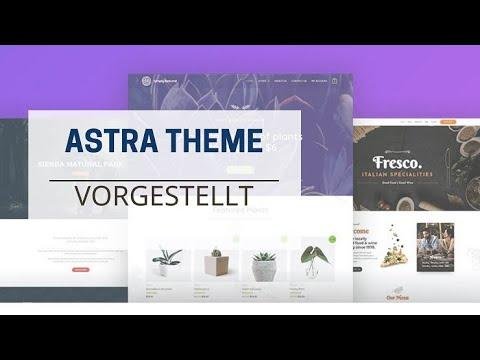"Hey, Sir Majid here with the Web Halwa Channel! We’re diving into web designing, a course that’s often seen as tough as nails, but fear not! I’ll make it easy for you. We’ve got to learn HTML, CSS, and JavaScript, just like figuring out different languages. And hey, no internet needed – just download and share the videos with your friends via USB. This stuff is like a mathematical equation, with opening tags like the greater than sign and closing tags like the less than sign. It’s like forward slash and back slash – they’re like different kinds of lines that help us write HTML more easily. Stay tuned for the next lecture, and we’ll kick off our proper HTML work together!" 🌐
Introduction
In the first lecture of our web design course, we will explore the fundamentals of web designing and how we can simplify the learning process for our students. I will personally guide you through the various languages and tools involved in web designing and how they can help you become an expert in web design and development. All our lectures will be recorded in Urdu, so make sure to attend daily for a better understanding and become a skilled web designer and web developer.
Tools and Editor
In web designing, having a reliable editor is crucial. We will use the "Notepad" editor, which is a software available on every Windows system. Additionally, for professional editing, we will also explore "Dreamweaver." As we progress, we will delve into the advanced features of Dreamweaver. Some important languages and tools we will cover are HTML, CSS, and JavaScript. These languages are essential for creating a strong foundation as a web designer.
Web Designing Basics
We will begin with HTML, also known as Hypertext Markup Language, which forms the basics of web designing. Later, we will move on to HTML 5 and use graphical tools like Photoshop to enhance our skills. Additionally, we will cover CSS (Cascading Style Sheets), which is crucial for the front end development of a website. Furthermore, we will touch upon JavaScript, PHP, and SQL for a holistic understanding of web development.
Learning Material and Environment
Anyone with a computer can learn web designing, and you do not need an internet connection during the course sessions. All the materials and lectures will be available for download, allowing you to share them with friends who might not have internet access at their location. No internet connection during the learning period? No problem – you can still learn web designing easily.
HTML Basics
In HTML, tags such as angle brackets (<>) play an important role. There are two types of brackets: the greater than (>) and less than (<) symbols. Simply being able to distinguish between them can make the learning process much easier. Moreover, it is important to remember that an opening tag has a corresponding closing tag. For example, if the line is bent forward, it’s called a forward slash. On the other hand, if the line is bent backward, it’s called a backslash.
Now that we have covered some basics, we will start our proper HTML work in the next lecture for a thorough understanding of the fundamental language.






